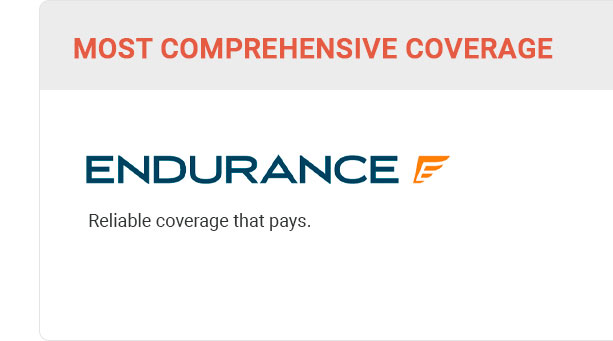 |
 |
 |
 |
 |
 |
 |
 |
 |
 |
|||
 |
 |
|||
 |
 |
|||
 |
 |
|
|||||||
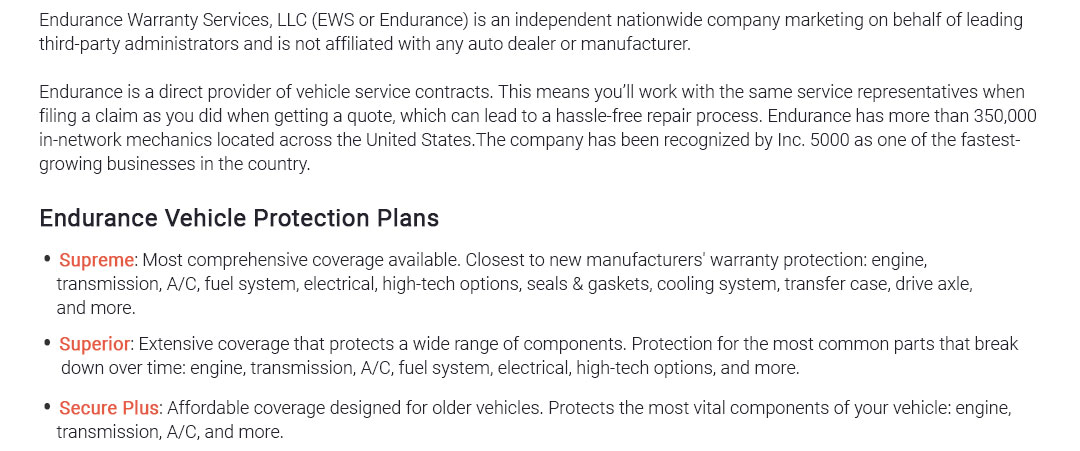 |
|||||||
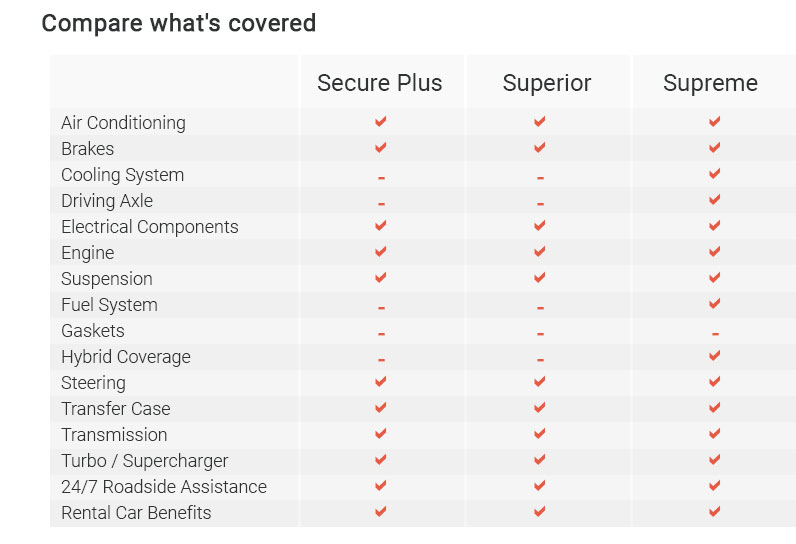 |
|||||||
 |
|||||||
 |
|||||||
|
|||||||
|
||||||
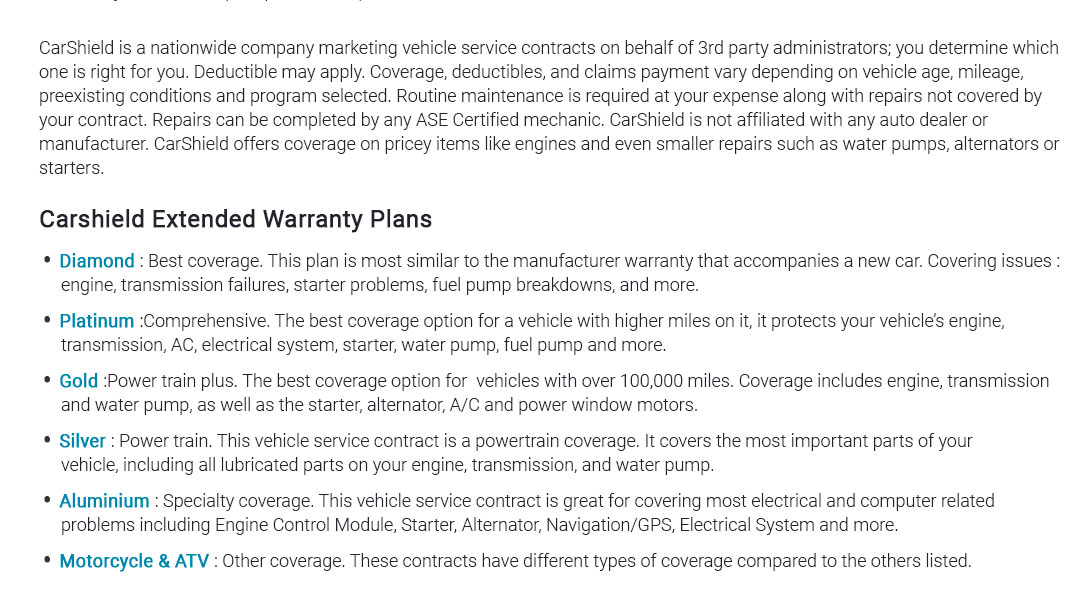 |
||||||
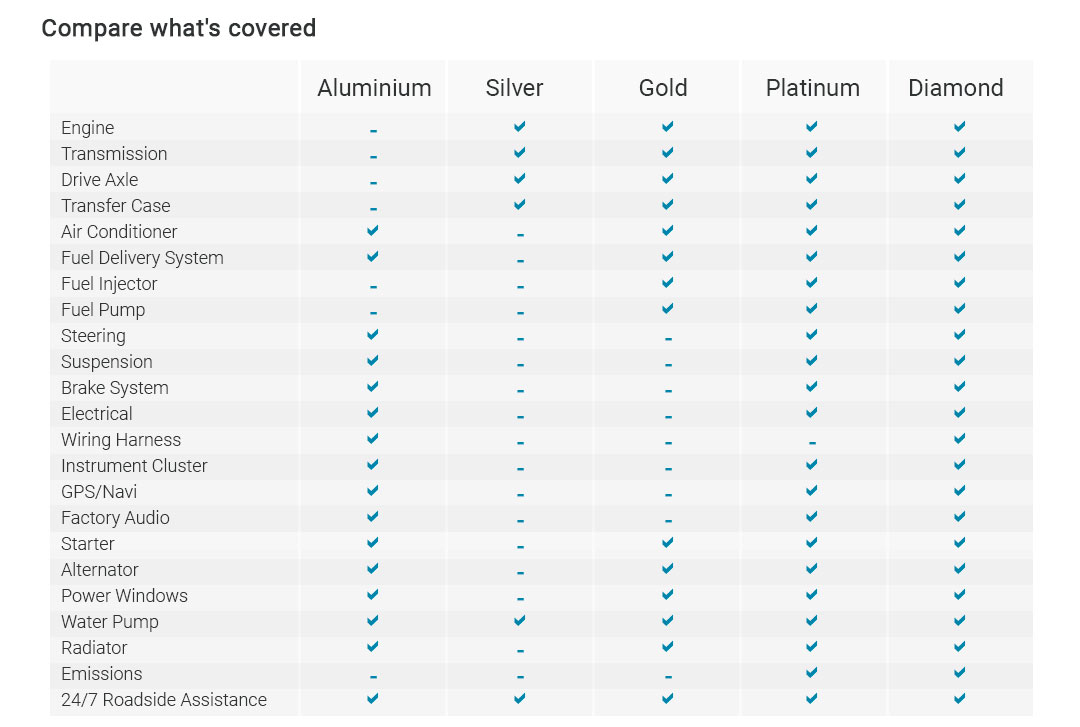 |
||||||
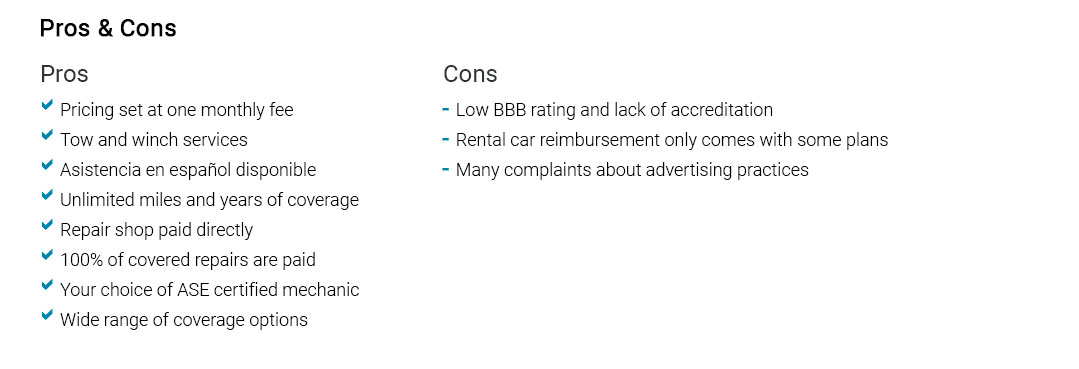 |
||||||
|
 |
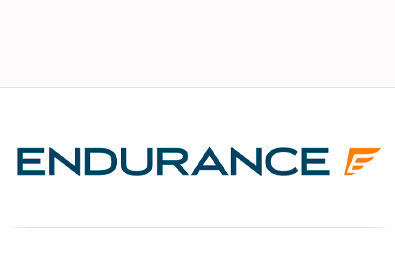 |
 |
 |
 |
 |
 |
|||
 |
 |
|||
 |
 |
Understanding Full Car Insurance CoverageWhen discussing car insurance, the term 'full coverage often surfaces, sparking curiosity and sometimes confusion among vehicle owners. Essentially, full coverage is a combination of different types of insurance designed to protect drivers from a wide range of potential mishaps. In this exploration, we delve into the intricacies of full car insurance coverage, analyzing its components, benefits, and potential downsides. At its core, full car insurance coverage typically comprises three primary elements: liability insurance, collision coverage, and comprehensive coverage. Each of these plays a crucial role in safeguarding not only your vehicle but also your financial stability in the event of an accident or unforeseen incident.
The advantages of opting for full coverage are manifold. Primarily, it offers comprehensive protection against a myriad of potential risks, ensuring that unexpected expenses don’t wreak havoc on your finances. Moreover, having full coverage can be a lifesaver in scenarios where repairing or replacing a vehicle would be financially burdensome. Additionally, it often facilitates smoother claim processes, as insurers are more likely to cover a wider array of incidents without extensive back-and-forth negotiations. However, despite these benefits, full coverage is not without its drawbacks. Foremost among these is the cost. Premiums for full coverage can be significantly higher than those for basic liability insurance, which might strain the budgets of some vehicle owners, particularly those with older cars that may not justify the expense. Furthermore, the necessity of full coverage can be debated depending on individual circumstances; for instance, if you own an older vehicle that’s not worth much, the cost of premiums might outweigh the potential benefits. There’s also the deductible factor to consider; many full coverage plans require you to pay a deductible before the insurance kicks in, which can be a considerable out-of-pocket expense. In conclusion, the decision to opt for full car insurance coverage is highly personal and should be based on a thorough assessment of your financial situation, the value of your vehicle, and your individual risk tolerance. While full coverage offers extensive protection and peace of mind, it’s crucial to weigh these benefits against the financial commitment it entails. It’s always wise to shop around, compare quotes, and perhaps consult with an insurance advisor to tailor a plan that aligns with your specific needs and budget. https://www.insurance.wa.gov/whats-covered-under-auto-policy
Bodily injury liability - Property damage liability - Uninsured and underinsured motorist coverage - Personal injury protection (PIP) - Collision - Comprehensive. https://www.libertymutual.com/vehicle/auto-insurance/full-coverage-car-insurance
At Liberty Mutual, we offer customized, full car insurance coverage that fits your needs and budget, so you and your vehicle are protected. https://www.ace.aaa.com/insurance/auto-insurance/full-coverage.html
Full coverage auto insurance may mean a policy that includes liability, comprehensive, and collision coverage.
|



